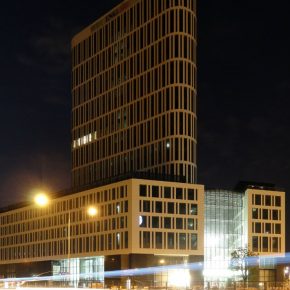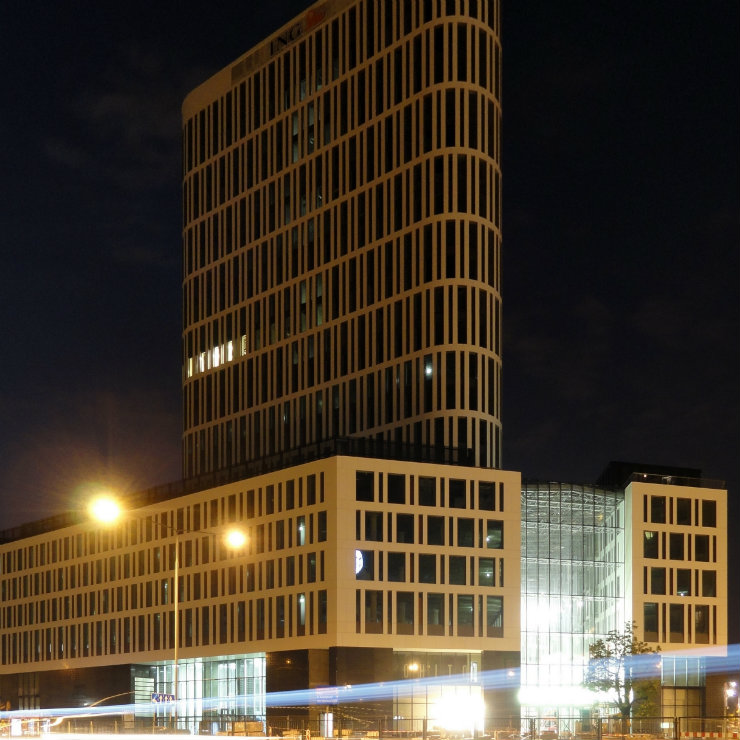Inteligentne miasta: recepta na wyzwania urbanizacji czy nowe ryzyko
Category: Sektor niefinansowy

(Filip Bramorski, CC BY-SA)
The capital, Warsaw, occupies the highest place in several rankings evaluating the attractiveness of cities, including latest ranking by FDI, including third place in the „European city of the future” category, ahead of such cities like Prague.
“There is also an increase in interest from investors looking for destinations post-Brexit. The biggest commercial potential can be observed in the high street sector, especially for premium and luxury brands,” says Maciej Zajdel, CEO of Kulczyk Silverstein Properties.
Warsaw is among the eight largest European cities with the greatest potential for the development of shopping streets. Such potential is also shown in the latest KPMG report „The Luxury Goods Market in Poland,” which shows that in 2018 Poland can accommodate up to 1.2 more affluent million people.
As far as tourism is concerned, in 2015, the country received 16.8 million tourists. In 2015, Prague was visited by 6.3 million tourists, while numbers of visitors in Warsaw was two million lower (4.2 million). However, Warsaw was perceived as a more attractive destination (the 11th world’s most attractive tourist destination against 19th for Prague). Shopping is the main focus for around 15 per cent of visitors coming to Warsaw, amounting to one million foreign shoppers and this number is growing significantly every year.
According to career website efinancialcareers, international banks are also on a hiring spree in Warsaw:, including Credit Suisse’s business process job openings.
At the beginning of last year, Invesco bought a mixed-use building, Plac Unii, in Warsaw for EUR226m on behalf of Bayerische Versorgungskammer (BVK), which is Germany’s largest pension fund, as well as Nordrheinische Ärzteversorgung (NAEV). In April this year, four unnamed pension funds bought another high-rise called Prime Corporate Center in a deal executed by Warburg-HIH Invest Real Estate. The EUR90m transaction was the third largest in the Polish real estate market so far this year.
After a record-breaking first two quarters, 2016 is set for a surge of new office completion in Warsaw, Cushman & Wakefield, a real estate specialist, said in its latest report.



